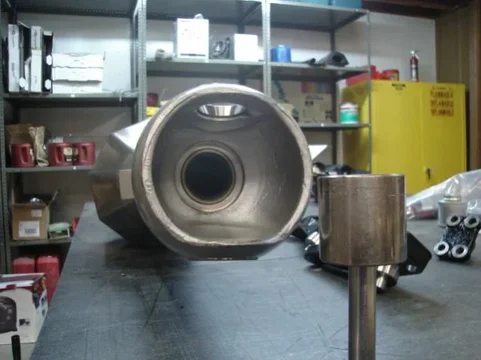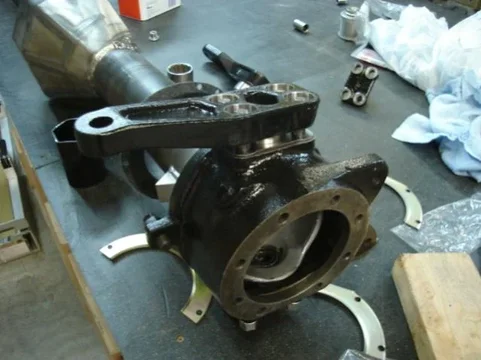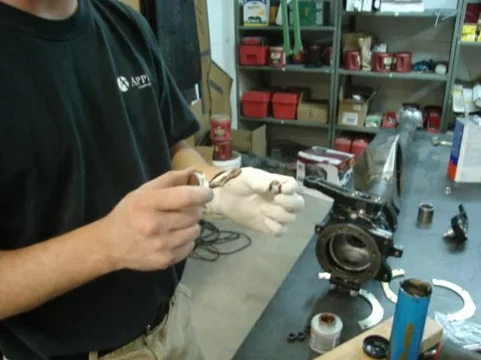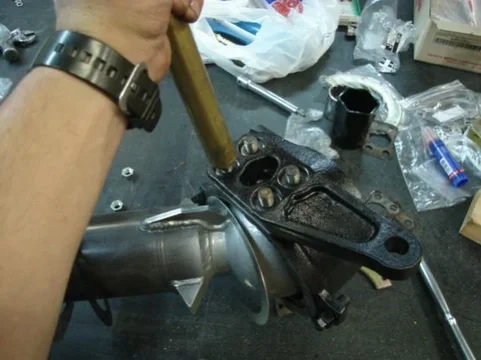3-linking the Heepetr
I am new to linked suspensions but a capable fabricator. I want to build a new suspension for the rear of my '99 4-Runner to match a 3-Link + panhard front (probably ORSs' kit) I downloaded a 3-link + panhard calculator from Pirates but am unclear as to what all the calculated values mean and their effects. I thinking 3-link + panhard because the fuel tank presents problems with a triagulated 4. Passenger side exhaust could easily be changed allowing plenty of room for upper link. Could so somebody explain?...ideas?
I am new to linked suspensions but a capable fabricator. I want to build a new suspension for the rear of my '99 4-Runner to match a 3-Link + panhard front (probably ORSs' kit) I downloaded a 3-link + panhard calculator from Pirates but am unclear as to what all the calculated values mean and their effects. I thinking 3-link + panhard because the fuel tank presents problems with a triagulated 4. Passenger side exhaust could easily be changed allowing plenty of room for upper link. Could so somebody explain?...ideas?
Last edited:




















